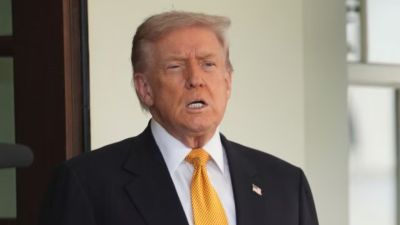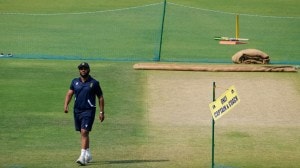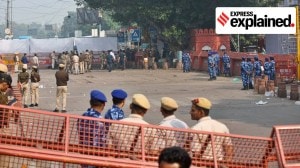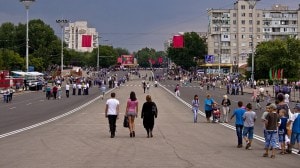Explained: Why are South Korea and the US carrying out massive joint military drills around North Korea?
The South Korea-United States drills, called the Ulchi Freedom Shield, are scheduled to run until September 1. They are tri-service drills involving thousands of troops as well as live-fire exercises.
 US and South Korean marines participate in joint landing operation drill in Pohang March 31, 2014. (Reuters Photo/File)
US and South Korean marines participate in joint landing operation drill in Pohang March 31, 2014. (Reuters Photo/File) South Korea and the United States began their largest joint military drills since 2017 this week. A Reuters report said the military drills included the resumption of field training. These joint military drills are designed to test readiness against North Korea’s missile tests, the report said.
The drills, called the Ulchi Freedom Shield, are scheduled to run until September 1. They are tri-service drills involving thousands of troops as well as live-fire exercises. North Korea has said these joint drills are a rehearsal of invasion.
Why are the drills being held now?
These drills had been scaled back significantly because of the Covid-19 pandemic, and because South Korea’s former President Moon Jae-in had attempted to restart diplomatic talks with Pyongyang to get it to denuclearise.
South Korea’s new President Yoon Suk-yeol has a markedly different approach to North Korea in comparison to his predecessor. After taking office in May this year, Yoon had vowed to “normalise” these joint exercises.
During the campaign before elections, Yoon had been critical of President Moon’s efforts to engage with North Korea and accused him of being “submissive” to Pyongyang.
Also, former US President Donald Trump considered these joint military drills as being too expensive and too provocative. He too had tried to reach out to North Korea, and had met the country’s leader Kim Jong-un in Singapore for a summit in 2018. Experts had predicted that South Korea’s policies towards North Korea under Yoon’s presidency would shift to those that previous conservative governments had adopted.
What is the purpose of these drills?
In addition to these joint drills, South Korea has also started the four-day Ulchi civil defence drills this week that is scheduled to end on Thursday (August 25). According to a Reuters report, Yoon had said these military and civil drills “are aimed at improving the country’s preparedness to match the changing patterns of war, with evolving cyber threats against key facilities such as chip factories and supply chains”.
Yoon had called for these drills citing the need for more exercises designed on real scenarios. “Maintaining peace on the Korean peninsula is built on our airtight security posture,” the report quoted Yoon as saying.
According to a report in The Korea Times, the drills will include a rehearsal of “scenarios, such as responding to North Korea’s attacks on key industrial facilities including an airport, a semiconductor factory or a nuclear power plant. The Ministry of Defense’s report to the National Assembly shows that their training script reflects many of the actual combat situations being experienced in Ukraine, which has been defending its territory against Russia for more than six months now”.
During a cabinet meeting earlier this week in Seoul, Yoon had said, “We can protect the lives of the people and national security only through realistic drills. Preserving peace on the Korean Peninsula is built on our airtight defence preparedness,” The Korea Times reported.
“Today’s war is different from the one of the past. It may involve cyberattacks on key facilities such as ports, airports and (the manufacturing plants of) semiconductors or attacks on the supply chains of important materials, with the aim of neutralizing our war capabilities,” Yoon was quoted as saying.
Is there an immediate threat of tensions in the region?
North Korea has conducted an unprecedented number of weapons tests in 2022 and fired more than 30 ballistic missiles this year, marking the largest number of ballistic missiles launched in a single year. US and South Korean officials have claimed that Pyongyang is preparing to conduct its seventh nuclear test later this year, according to a DW report. North Korea conducted its sixth nuclear test in September 2017.
These joint drills come after North Korea rejected South Korea’s proposals that Pyongyang give up its nuclear capabilities in phases, in return for economic benefits.
Kim Yo-jong, the sister of North Korean leader Kim Jong-un, called South Korea’s proposal “foolish”, and criticized Seoul for resuming joint military drills with the US. North Korea has also accused South Korea of being responsible for the spread of Covid-19 in the country.





- 01
- 02
- 03
- 04
- 05

































